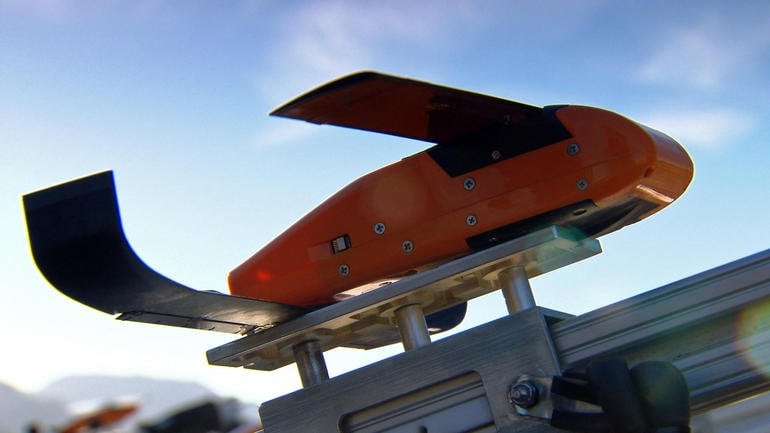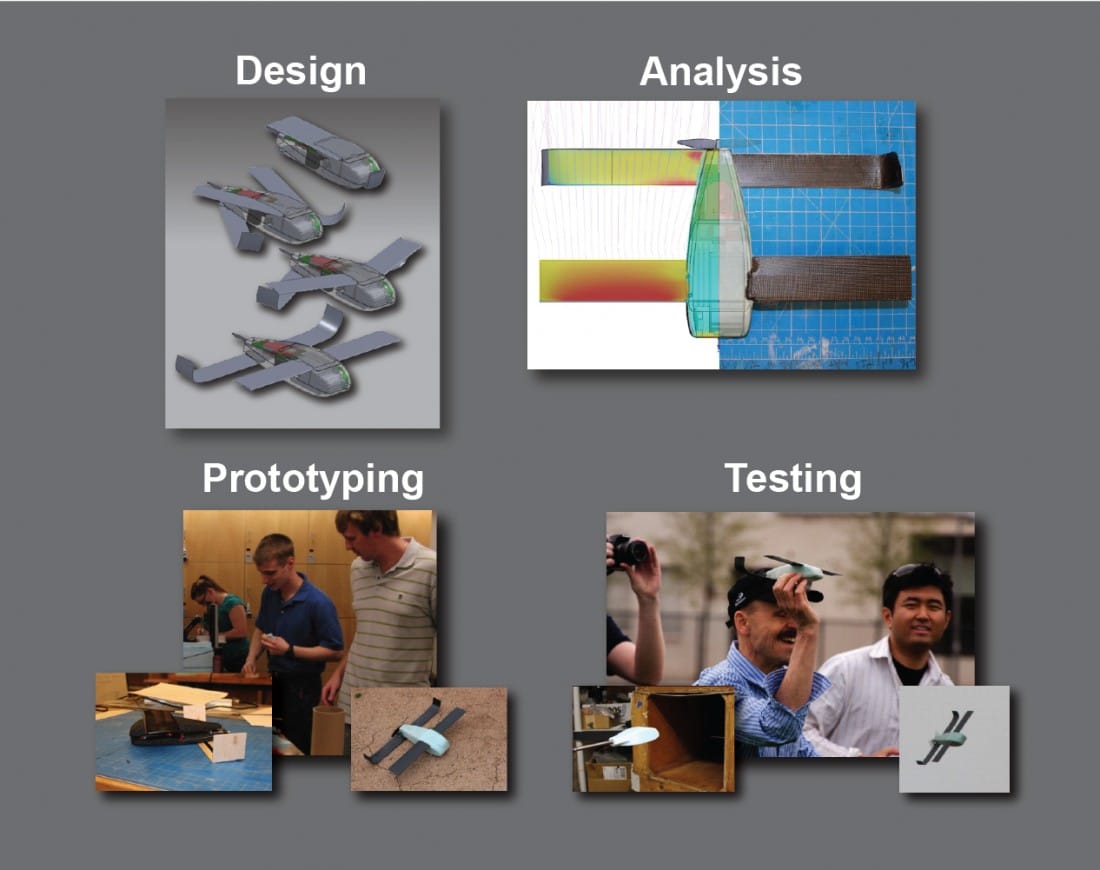
By itself, one isn’t all that impressive. But, bring enough of them together, and it’s certainly an impressive sight.
Originally designed by researchers at MIT’s Lincoln Laboratory, the Perdix drone (formally Project Perdix) was built for swarming operations and tasked with airborne environmental monitoring. The tiny 6.5-inch drone was impressive enough in its swarming capability that the DOD’s Special Capabilities Office took notice and adopted it for use in ISR (Intelligence, Surveillance, and Reconnaissance) operations.
As you can surmise, the Perdix underwent some modifications to make it more suitable for its new role, however, the overall design remains relatively unchanged. What makes the Perdix an attractive UAV is its tiny footprint. Oh, and there’s being deployed from aircraft en masse and the fact that it can be 3D printed relatively quickly, making it easy to mass-produce and swap-out replacement parts when damaged.

The Perdix drones is designed using a 3D printed Kevlar/composite body and spring-loaded, carbon-fiber wings that snap into place when deployed. The drone maintains flight using a custom pusher propeller mounted on the tail of the drone and is powered by an internal lithium-polymer rechargeable battery. This allows it to stay aloft for around 20-minutes per charge and sustain speeds of 20 to 40 knots (depending on conditions).
Read the rest at SolidSmack.com

